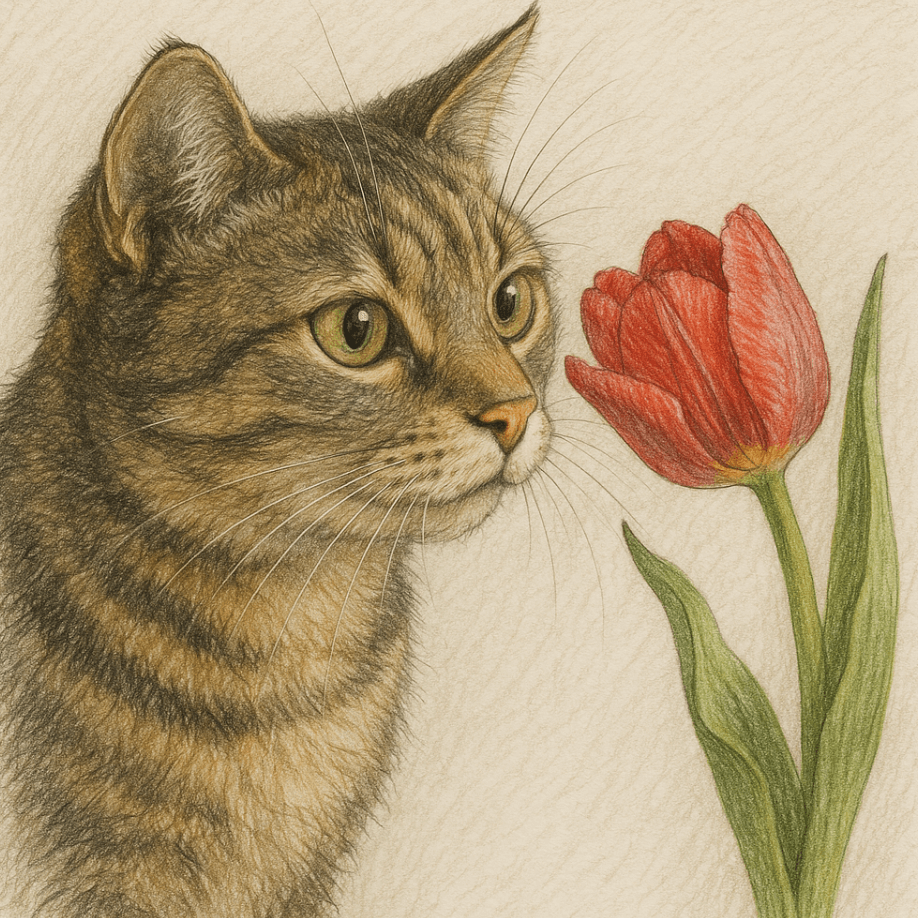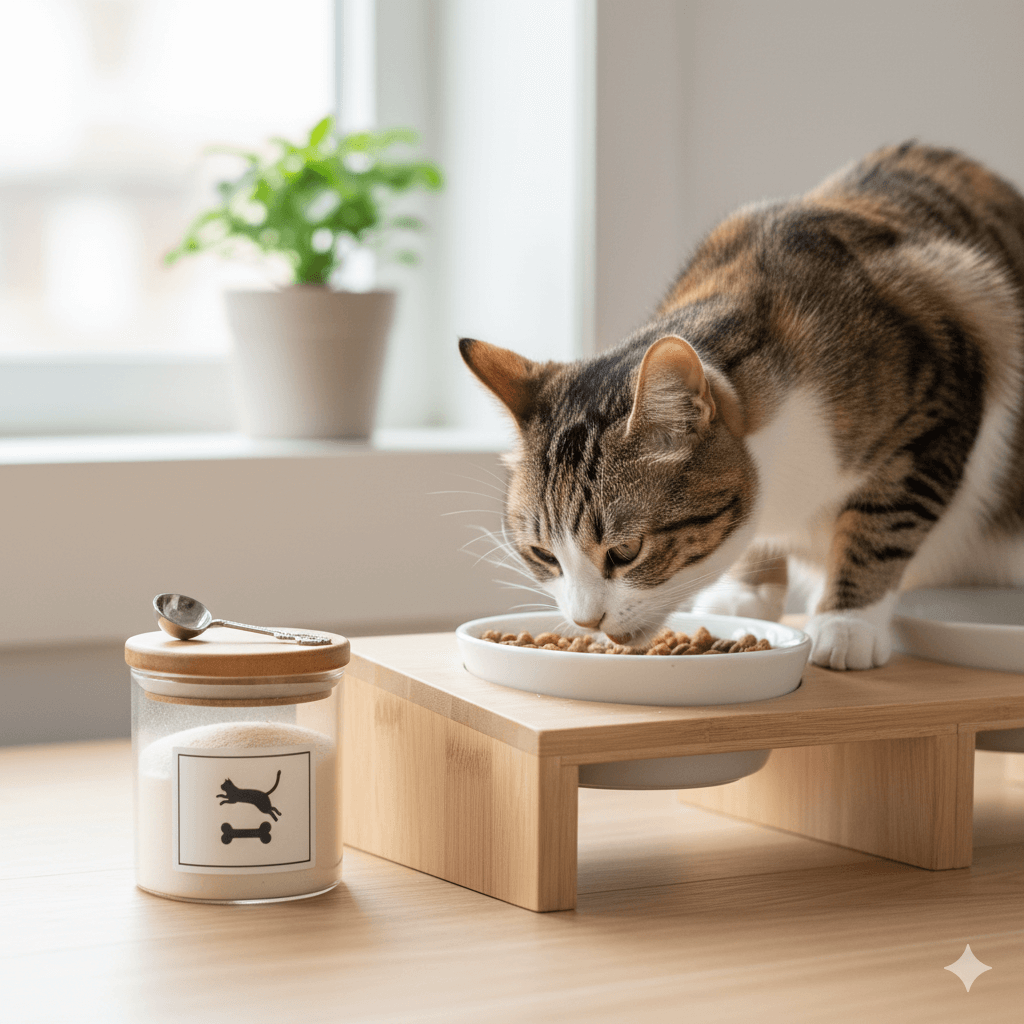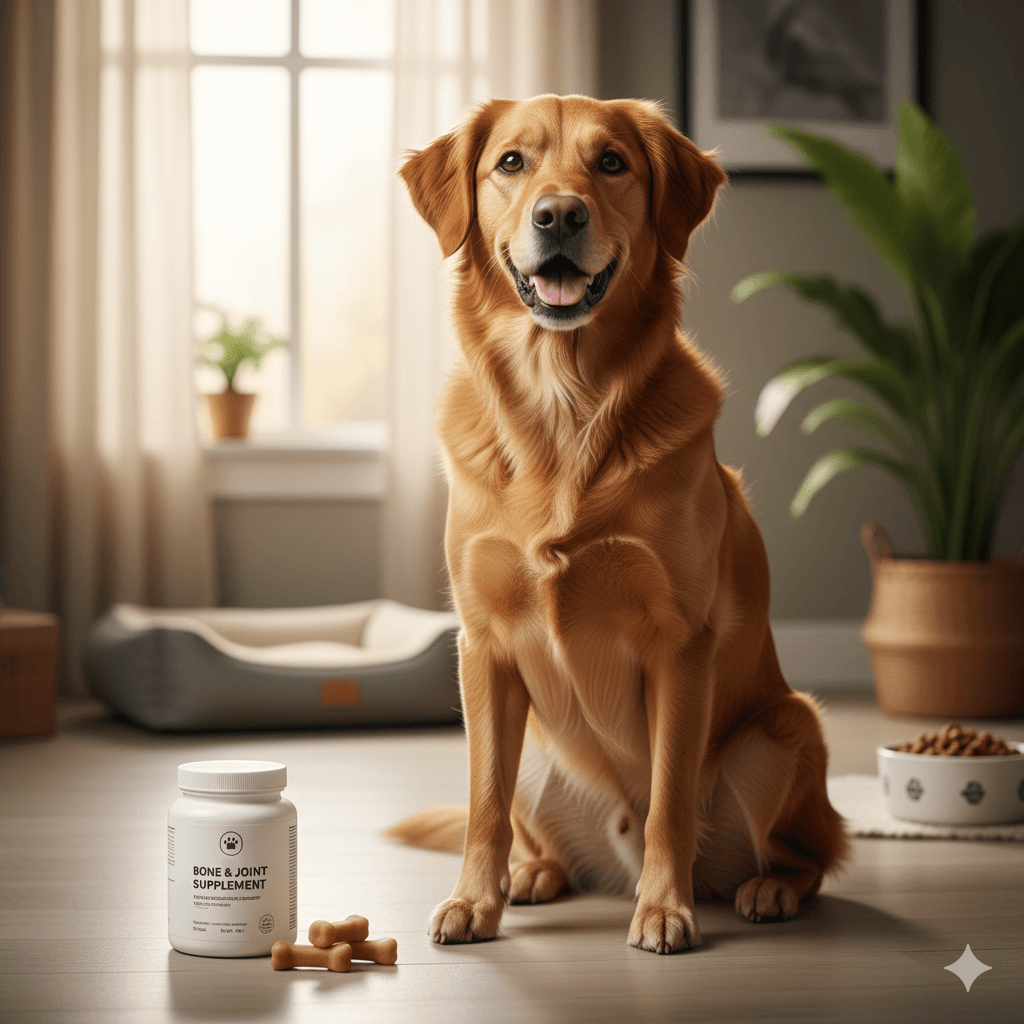Can Cats Eat Tulips? What You Need to Know
Tulips are a popular and beautiful addition to any garden or home, but when it comes to your feline friends, their safety around these flowers is a valid concern. Many pet owners wonder whether tulips are safe for cats to eat or if they pose a hidden danger. Unfortunately, tulips fall into the category of plants that can be toxic to cats. Understanding the risks, recognizing symptoms of poisoning, and knowing how to prevent exposure are essential steps in keeping your furry companion safe. In this blog post, we’ll explore everything you need to know about tulips and cats, from their potential dangers to safer alternatives for your home.
Why Tulips Are Dangerous for Cats
Tulips contain toxic compounds that can harm your cat if ingested. These toxins primarily affect the digestive system and can lead to a range of unpleasant symptoms. Here’s what makes tulips hazardous for your feline friend.
Toxic Compounds in Tulips:
Tulips contain alkaloids and other toxic substances concentrated in the bulb, making it the most dangerous part of the plant.Gastrointestinal Irritation:
Ingesting any part of the tulip can irritate your cat’s stomach, leading to vomiting, diarrhea, and abdominal pain.Central Nervous System Effects:
In severe cases, tulip ingestion may cause neurological symptoms such as tremors or difficulty breathing.Severity Depends on Quantity Consumed:
The more your cat eats, the greater the risk of serious health complications. Even small amounts can cause mild symptoms.Curiosity Increases Risk:
Cats are naturally curious and may chew on plants out of boredom or exploration, increasing the likelihood of accidental ingestion.
Understanding these risks highlights why it’s crucial to keep tulips out of reach or avoid having them in your home altogether.
Symptoms of Tulip Poisoning in Cats
If your cat has ingested tulips, it’s important to recognize the signs of poisoning early so you can seek veterinary care promptly. Here are the most common symptoms to watch for.
Vomiting:
One of the first signs of tulip poisoning, vomiting may occur shortly after ingestion.Diarrhea:
Diarrhea often accompanies vomiting and indicates gastrointestinal distress caused by the toxins.Excessive Drooling:
Drooling can signal nausea or irritation in your cat’s mouth or throat.Lethargy:
A poisoned cat may appear unusually tired, weak, or uninterested in their surroundings.Loss of Appetite:
Refusing to eat is a common symptom of discomfort or illness following tulip ingestion.
If you notice any of these symptoms, contact your veterinarian immediately to ensure your cat receives proper treatment.
Check this guide 👉Can Cats Eat Thyme? Best 7 Expert Tips!
Check this guide 👉Can Cats Eat Sesame Seeds? Best 7 Expert Tips!
Check this guide 👉Can Cats Eat Caramel? Best 7 Expert Tips!

Safe Alternatives to Tulips | Plants Toxic to Cats (Avoid) |
|---|---|
Spider Plant | Lilies |
Boston Fern | Daffodils |
African Violet | Hyacinths |
Calathea | Amaryllis |
Bamboo Palm | Tulips |
Steps to Take If Your Cat Eats Tulips
Accidents happen, and if your cat ingests tulips, acting quickly can make all the difference. Follow these steps to address the situation effectively.
Remove Any Remaining Plant Material:
Gently remove any pieces of the tulip from your cat’s mouth to prevent further ingestion.Do Not Induce Vomiting Without Guidance:
While vomiting may seem like a solution, inducing it without professional advice can worsen the situation.Call Your Veterinarian Immediately:
Inform your vet about the incident and follow their instructions carefully for next steps.Monitor Your Cat Closely:
Keep an eye on your cat for worsening symptoms or changes in behavior while waiting for veterinary care.Provide Details About the Incident:
Share information about the amount ingested, the part of the plant eaten, and the time of exposure to help your vet assess the situation.
Taking these steps ensures your cat receives prompt and appropriate care in case of tulip ingestion.
How to Prevent Tulip Poisoning in Cats
Prevention is always better than cure when it comes to protecting your cat from toxic plants like tulips. These tips will help you minimize risks and create a safer environment.
Keep Tulips Out of Reach:
Place tulips in areas your cat cannot access, such as high shelves or closed-off rooms.Use Cat-Safe Plants Instead:
Replace tulips with non-toxic plants like spider plants or bamboo palms to beautify your space safely.Supervise Outdoor Time:
If your cat spends time outside, monitor them closely to prevent them from chewing on unknown plants.Educate Yourself About Toxic Plants:
Familiarize yourself with common household plants that are harmful to cats to avoid accidental exposure.Create Distractions Indoors:
Provide toys, scratching posts, and interactive activities to redirect your cat’s attention away from plants.
By taking preventive measures, you can ensure your cat stays safe and healthy while enjoying their surroundings.
Common Misconceptions About Tulips and Cats
There are several misconceptions about tulips and their impact on cats. Clarifying these myths helps ensure your pet’s safety.
“Only Large Amounts Are Harmful”:
Even small amounts of tulip bulbs or leaves can cause adverse reactions in cats.“Cut Flowers Are Safe Indoors”:
Cut tulips still contain toxins and can pose a risk if your cat chews on them.“Outdoor Cats Won’t Be Exposed”:
Outdoor cats may encounter tulips in neighbors’ gardens or public spaces, making supervision essential.“Symptoms Always Appear Immediately”:
Symptoms can take hours to develop, so vigilance is key even if your cat seems fine initially.“All Plants Are Safe for Pets”:
Many common plants, including tulips, are toxic to cats, so research is vital before introducing new greenery.
Dispelling these myths ensures a deeper understanding of tulip toxicity and its implications for cats.
Other Common Toxic Plants for Cats
Tulips aren’t the only plants that pose a threat to cats. Being aware of other toxic plants helps you create a safer environment for your pet.
Lilies:
Highly toxic to cats, lilies can cause kidney failure even in small amounts.Daffodils:
Contain similar toxins to tulips, affecting the digestive and nervous systems.Hyacinths:
Like tulips, hyacinth bulbs are particularly dangerous if ingested.Amaryllis:
Causes vomiting, drooling, and abdominal pain in cats.Pothos:
While less severe, pothos can irritate the mouth and throat if chewed.
Knowing which plants to avoid ensures your home remains a safe haven for your cat.
Creating a Cat-Friendly Garden
If you love gardening but want to keep your cat safe, consider designing a cat-friendly outdoor space. These tips will help you cultivate a garden that’s both beautiful and safe.
Choose Non-Toxic Plants:
Opt for cat-safe options like lavender, marigolds, and snapdragons to enhance your garden’s appeal.Install Barriers Around Hazardous Areas:
Use fencing or raised beds to keep cats away from toxic plants or chemicals.Provide Dedicated Play Zones:
Create a designated area with toys, tunnels, or climbing structures to keep your cat entertained.Avoid Chemical Pesticides:
Use natural pest control methods to avoid exposing your cat to harmful substances.Supervise Outdoor Exploration:
Always keep an eye on your cat during outdoor adventures to prevent accidents.
A thoughtfully designed garden allows you to enjoy your hobby while ensuring your cat’s well-being.
Frequently Asked Questions About Cats and Tulips
Are all parts of the tulip toxic to cats?
Yes, all parts of the tulip are toxic, but the bulb contains the highest concentration of toxins.
What should I do if my cat chews on a tulip leaf?
Contact your veterinarian immediately, even if no symptoms are present, as toxicity can develop over time.
Can indoor cats be exposed to tulip toxins?
Yes, indoor cats can be exposed if tulips are brought inside the home or if they chew on cut flowers.
Are there any safe flowers for cats?
Yes, roses, sunflowers, and orchids are generally considered safe for cats when free of pesticides.
How long does it take for symptoms to appear?
Symptoms typically appear within a few hours of ingestion but may vary depending on the amount consumed.
Protecting Your Cat from Tulip Toxicity
While tulips are a stunning addition to any home or garden, their potential toxicity to cats means they’re best avoided if you share your space with a feline friend. By understanding the risks, recognizing symptoms of poisoning, and taking preventive measures, you can ensure your cat remains safe and healthy. Opting for cat-safe plants and creating a pet-friendly environment not only protects your furry companion but also allows you to enjoy the beauty of nature without worry. Remember, your cat’s curiosity is natural, but it’s up to you to provide a safe and nurturing space for them to thrive.
Understanding Bone Supplement for Cats: Best 7 Expert Tips! – Safe, vet-approved guidance for strong feline bones & balanced nutrition.
Bone Supplement for Dogs: Best 7 Expert Tips! – Expert guide to calcium, collagen & bone health for every life stage.
Understanding Can Cats Get Sunburn: Best 7 Expert Tips! – Protect your feline from UV damage with vet-backed prevention strategies.
How to Train a Seizure Alert Dog: Best 7 Expert Tips! – Learn expert-backed steps to nurture natural instincts into reliable, life-saving seizure alerts.




